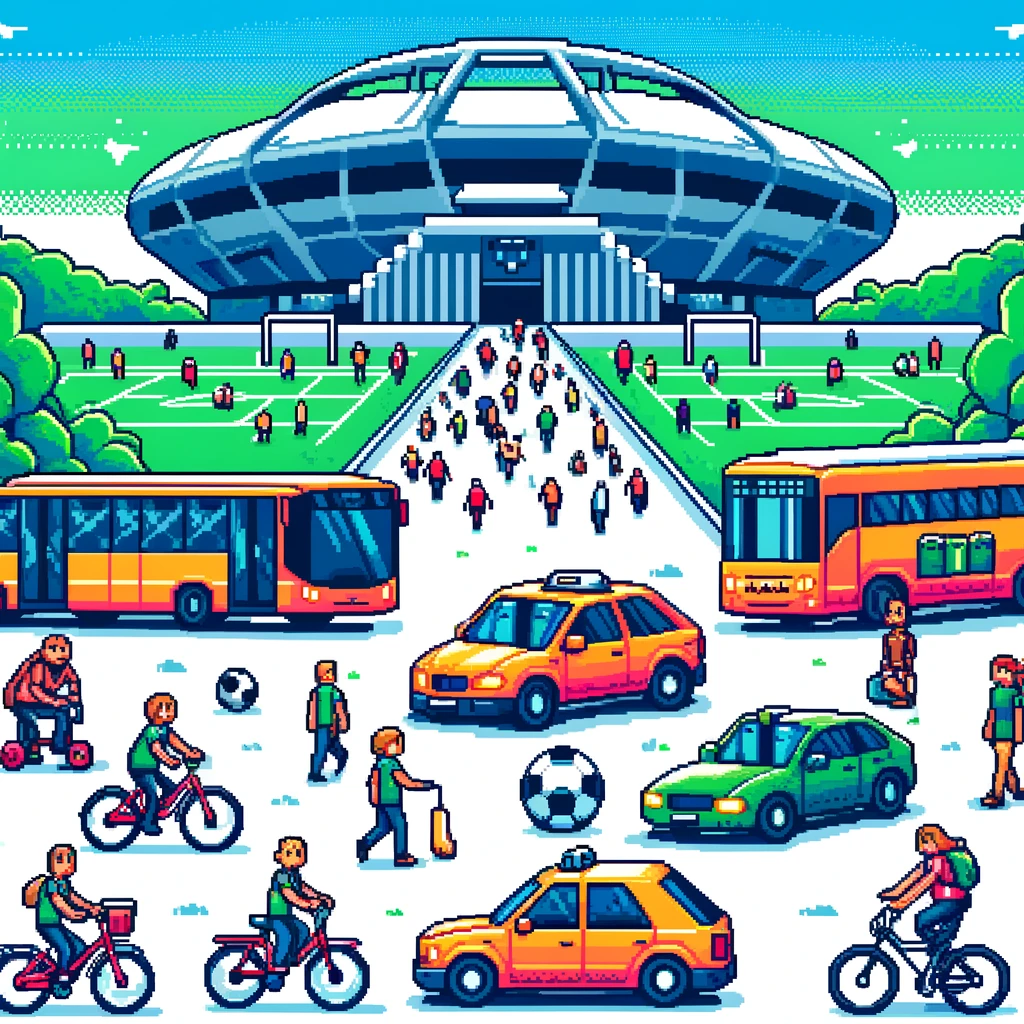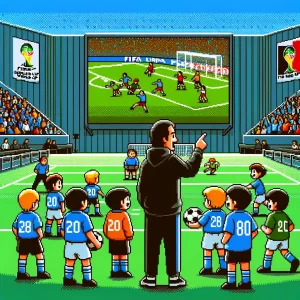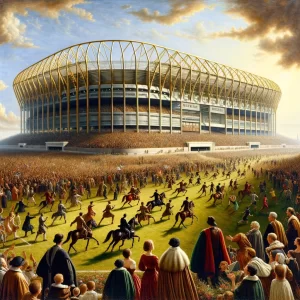
How Soccer Spectators Influence Climate Change: Insights from Vienna’s Rapid Fans
In a recent study focused on Rapid Vienna, Austria’s largest soccer club, researchers have taken a closer look at how spectator travel choices contribute to greenhouse gas (GHG) emissions. The findings highlight a critical aspect of sporting events that often goes overlooked: the environmental impact of getting to the game.
Each home game sees approximately 99,548 kg of GHG emissions, with a significant portion stemming from those choosing to drive. Interestingly, while 42.4% of fans drive to the venue, this group accounts for over 71% of the emissions. In contrast, the more than half of spectators who use public transportation contribute only about 27% of the total GHG emissions.
The Role of Transportation Choices in Soccer Spectatorship
The study vividly illustrates how individual choices about transportation to sporting events can have a substantial impact on the environment. For Rapid Vienna, the options range widely: walking, biking, driving alone, carpooling, or using various forms of public transportation. Each choice carries a different carbon footprint, shaping the overall environmental load of game day.
Fans with annual public transport passes tend to use them, showing a promising lean towards greener choices. Conversely, those without passes are more likely to drive, underscoring a potential area for intervention. Could offering integrated ticketing options that include public transport incentivize more fans to leave their cars at home?
Visualizing the Impact: Modal Choices and GHG Emissions
To put it into perspective, think about the stadium filled with cheering fans. Each decision on how to get there—whether by a solo car ride or a tram—adds up to a total carbon footprint for the event. Visual aids, such as charts of GHG emissions by transportation type, help illustrate this point vividly, making the abstract notion of “carbon footprint” more tangible.
The Bigger Picture: Soccer and Sustainability
Beyond just Rapid Vienna, the study poses important questions for soccer globally. With the sport’s vast reach and immense popularity, the potential for leading in environmental stewardship is significant. Soccer clubs and event organizers can play a pivotal role in reducing GHG emissions by facilitating more sustainable fan travel options and educating fans about their environmental impact.
Engaging Fans and Communities
Encouraging a shift in fan behavior requires a mix of policy, incentive, and convenience. Clubs might explore partnerships with public transport providers to offer discounted or free travel on game days, potentially funded by a small environmental surcharge on tickets. Meanwhile, clear, real-time information about public transport options and schedules, perhaps through a dedicated app, could enhance the fan experience while nudging behavior toward greener choices.
Call to Action: Your Part in Greening Game Day
As fans, we also hold power in our choices. By opting for public transport, biking, or carpooling, we can directly reduce our personal contributions to GHG emissions. Next time you head to a game, consider the environmental impact of your travel choice. It’s a simple step, but when multiplied by thousands of fans, the effects can be profound.
Engage with Us!
Have thoughts on how soccer clubs could help promote greener travel? Or personal experiences with changing your game-day travel habits? Share them in the comments below! Let’s discuss how we can all contribute to a more sustainable future for sports.
Are you ready to delve deeper into the science and strategy of soccer?
This Week in Soccer offers you a unique blend of expert analysis, engaging infographics, and practical insights. Subscribe to our newsletter and stay ahead of the game with the latest in soccer analytics and coaching strategies. Make the move from spectator to strategist. Subscribe now!
About the Author
Jon Scaccia is a youth soccer coach and translational scientist. He has worked with the Exeter United Soccer Club for over five years, focusing on U5 development. In his day job, he works in data evaluation and implementation science.



